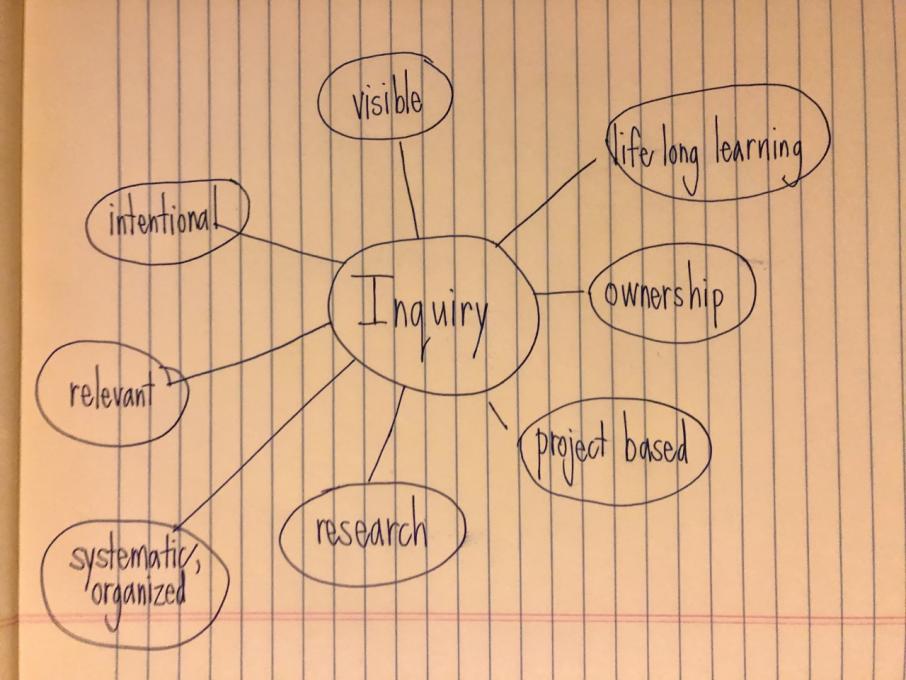Tracy
Forum Replies Created
Viewing 4 posts - 1 through 4 (of 4 total)
-
TracyParticipantI teach 1st graders. One of the lessons I give is on the needs of plants. We use seeds (pinto beans), cotton balls, and small glass containers. We discuss the needs of plants - light, water, and an appropriate temperature for growth. One container receives water and warmth but is put in a dark cabinet without light. One container receives water and light but is kept in the refrigerator for most of the day. One gets warmth and light but not water. And the final container receives everything. The students tend to know what will happen to each seed in advance and see these results throughout the process so this would be a confirmation inquiry lesson. They develop the following science practices: asking questions, carrying out an investigation, and analyzing data. I should tweak the lesson (but not sure how .. need to think on this) so that it is structured inquiry instead of confirmation. I'd probably change the variables somehow (maybe just use various liquids and water the seed with them) and not discuss the results in advance with the children. This might make the lesson more open-ended and allow the children to ask the question and design the investigation. I also need to give them an opportunity to communicate their results with people outside of the lesson group.in reply to: Inquiry in Your Classroom #727223
-
TracyParticipantInquiry is a systematic, organized approach to research and is typically project based. It is intentional and relevant to the person/people conducting the inquiry so it provides the participant(s) with ownership. The results of the inquiry are visible. All of these factors related to inquiry have the potential to create long-term learners.in reply to: Intro to Inquiry #727221
-
TracyParticipant
 in reply to: Intro to Inquiry #727220
in reply to: Intro to Inquiry #727220 -
TracyParticipantI teach in a mixed age classroom. My students are between 6 and 8 years old. Birding is my hobby and an area that I feel comfortable teaching to my students. Birds are everywhere, and I find that children in my classroom have a natural interest in birds. Our school is located in a rural, agricultural area approximately 25 miles from Sacramento, CA. We are located near two large nature preserves - one is wetlands and the other is riparian. Our locale provides us with an extensive variety of birds - ones that migrate through twice a year and others that live in the area year round. We've participated in the Great Backyard Bird Count, and we've posted many of our sightings on eBird and iNaturalist. We use field guides to identify the birds we observe. We've been posting our iNaturalist observations under a project/organization where I received my Certified Naturalist training. However, since our school will be remote learning for at least four months, I plan to create our school as a project so we can accumulate our own observations. My plan is to use their observations as a foundation for many of our biology lessons while our school site is closed. My advice for citizen science (which I've recently heard referred to as community science) projects is to be realistic about what your students are capable of doing, especially if teaching younger children.in reply to: Intro to Citizen Science #724404
Viewing 4 posts - 1 through 4 (of 4 total)
